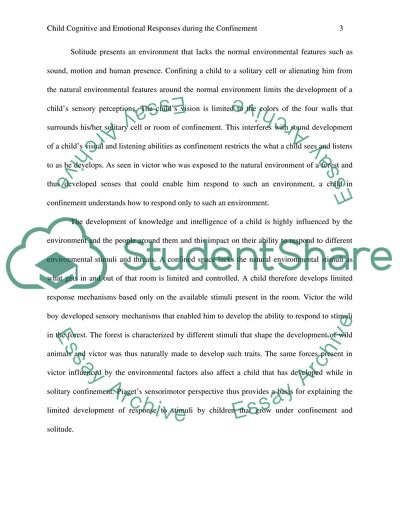Cite this document
(“Child cognitive and emotional responses during the confinement Essay”, n.d.)
Child cognitive and emotional responses during the confinement Essay. Retrieved from https://studentshare.org/psychology/1484449-child-cognitive-and-emotional-responses-during-the
Child cognitive and emotional responses during the confinement Essay. Retrieved from https://studentshare.org/psychology/1484449-child-cognitive-and-emotional-responses-during-the
(Child Cognitive and Emotional Responses During the Confinement Essay)
Child Cognitive and Emotional Responses During the Confinement Essay. https://studentshare.org/psychology/1484449-child-cognitive-and-emotional-responses-during-the.
Child Cognitive and Emotional Responses During the Confinement Essay. https://studentshare.org/psychology/1484449-child-cognitive-and-emotional-responses-during-the.
“Child Cognitive and Emotional Responses During the Confinement Essay”, n.d. https://studentshare.org/psychology/1484449-child-cognitive-and-emotional-responses-during-the.


